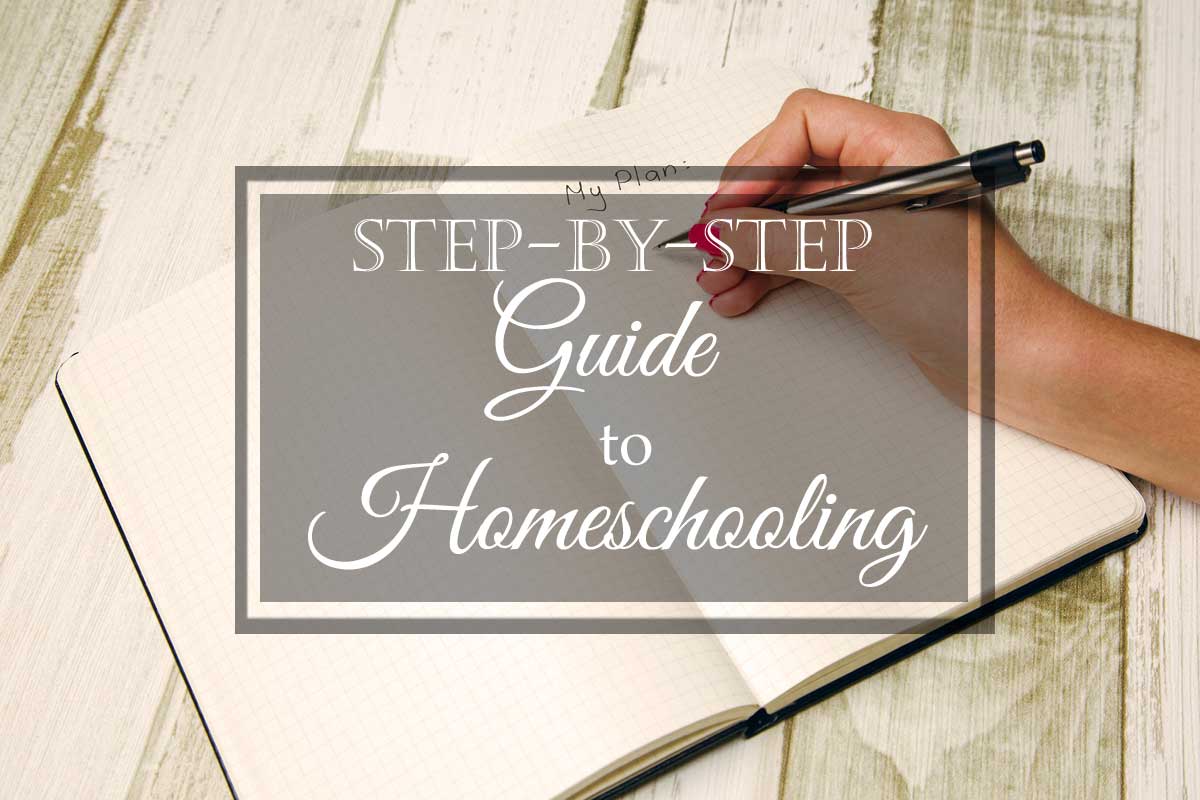
Our Step-by-Step Guide was the first thing we published back in 2001 when we started our original site. The guide has been frequently updated, but the principles really haven’t changed. If you are new to homeschooling, take a look. If you have been at this a while, you might find some fresh inspiration!
Step 1. Address the basics up front.
It starts with educating yourself and understanding what you hope to accomplish.
- What does education mean to you?
- How will you know your child is “educated”?
- What role does curriculum play?
- What is the best way to implement a home education program?
Step 2. Reconsider education.
Typically, we start with what is most familiar. Unfortunately, replicating our own educational experiences may not be the best place to start!
- How will your children learn best?
- What type of tools will they need?
- What standard of measure will you use to assess the education you provide?
Step 3. Establish an environment conducive to learning.
The perfect environment in which to learn will depend less on the rooms you decorate than on the atmosphere you cultivate!
- What role will relationships play as you educate at home?
- What type of routine will you create?
- How much time will you devote to inspiration and exploration?
Step 4. Develop your own style.
So many times, a new homeschool mom will grab a complete package of curriculum and go. Sounds easy, right?
Wrong. While it may initially save you time, the long-term consequences are doubtful. How do you know where you will end up unless you already know where you are headed?
- What type of tutor are you?
- What type of structure do you prefer?
- How do your children prefer to learn?
Step 5. Chart your course.
Once you know how you want to tutor, it is time to set goals for each child and create your own personalized learning road map.
- What are those things you want to cover each and every day?
- What type of things make your family unique?
- How will keep your plans flexible?
- What type of records will you keep?
Step 6. Choose your materials.
Now that you have a style and direction, you will find it much easier to locate that ever-elusive “perfect” curriculum!
- Will it fit the child it is intended for?
- Does it work in a one-on-one tutoring situation?
- Will it adapt to your child’s pace?
- Is it flexible?
Step 7. Set up a schedule.
We have always broken our scheduling down by year/month, then week, then day. By doing so, the process is much easier!
- How will you plan for the unplanned?
- What types of special days do you want to include during the year?
- When are the best times for a break throughout the year?
- When during the day will your time as a tutor be most needed?
Step 8. Evaluate progress.
When the child is the focus — instead of his performance — assessing progress is a low-stress ongoing event that occurs in an atmosphere of love and acceptance!
- What type of fruit do you expect to see?
- How will you document your child’s progress?
- How will you assess when your child reaches skill milestones?










You must be logged in to post a comment.